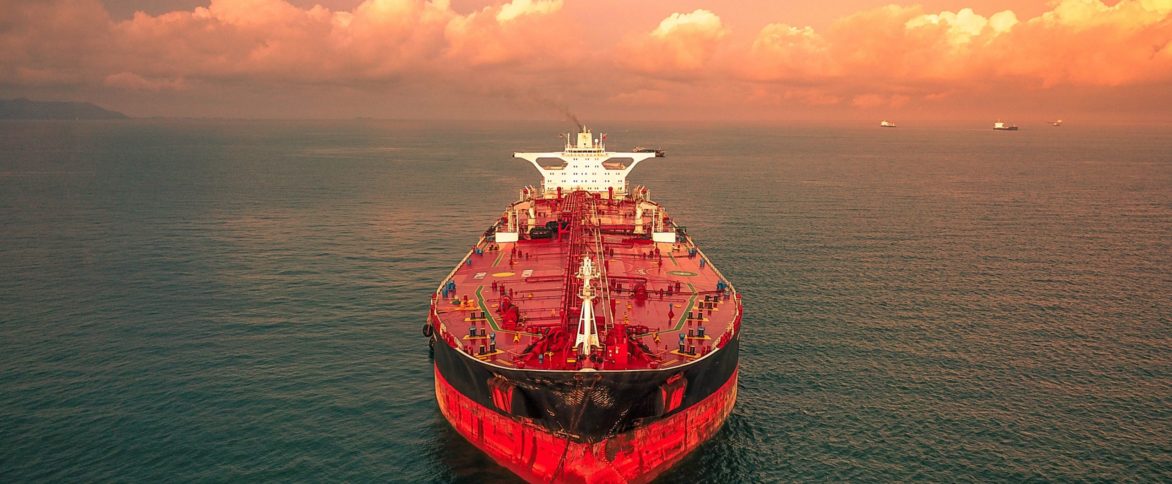Fuel quality issues may confront bunker market in wake of covid-19
The prospect of rising oil prices points to a rising rate of risks to marine fuel quality, says CEO Søren Høll.
Bunker traders, suppliers, and buyers may need to be more careful in assessing who they do business with as the industry faces mounting pressure on credit, Høll said.
“With the lower prices, we see less tendency to go to the limits when you [manufacture] the blends,” he said. In a higher cost environment, there is greater pressure to squeeze value from blends and this can mean going for cheaper and possibly less suitable feedstock. As such, expected gains in the oil complex, and therefore in marine fuel costs, may present some risks.
“We feel very well positioned with the knowledge that we have about the different qualities and I think when you see increases in prices you see, I think, a correlation between increasing prices and quality issues,” Høll said.
The oil complex has been met with conflicting signals but sees ongoing support from a bullish view of the supply balance, the prospects for US fiscal stimulus and progress in COVID-19 vaccination.
A multi-tier market
There has been a multi-tiered marine fuel supply market for a number of years but the industry players are now facing increasingly stringent credit checks and are making more of a point of doing business with only those who meet tougher standards of financial health, Høll said.
“It is just getting more and more clear who in the industry is able to survive and who will not,” he said.
The lower price environment of 2020, when prices for 0.5% sulfur fuel oil at Rotterdam fell to $154/mt in April 2020, having reached $591/mt in January of that year, was a reprieve for some market players and a market shake-out has been duly delayed.
“I think the industry, especially the less funded players, in a way, been saved by the bell, with lower prices … but going forward there is no doubt, when you see increasing prices, it will be even more important to look at who you are actually dealing with,” Høll said.
Additionally, there is less credit available from financial providers, Høll said.
Turbulent times
The price volatility in 2020 and the expected price rises in 2021 and 2022 have not increased the appetite for hedging in the bunker industry, Høll said.
Market players are not hedging their positions any more than they were previously. “Most of what we are doing on hedging is primarily based on clients who follow their [own] hedging strategy, so some will have a hedging strategy and will always hedge X amount of [their] exposure,” he said.
Disclaimer: Article original published by Bunkerworld on January 20, 2021.
